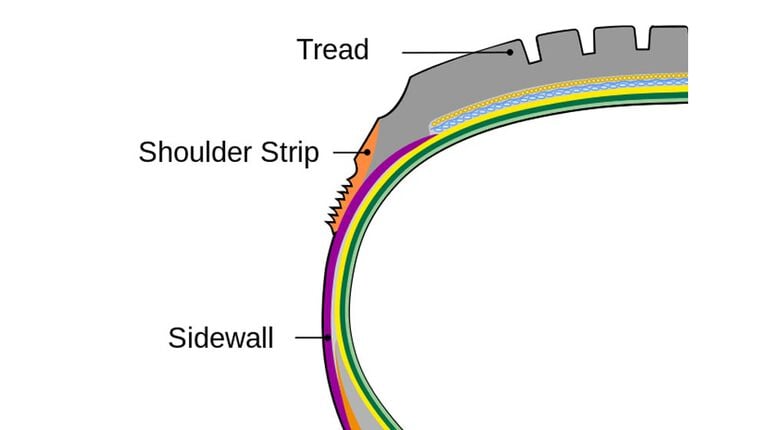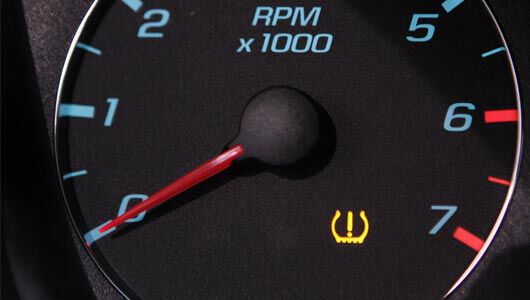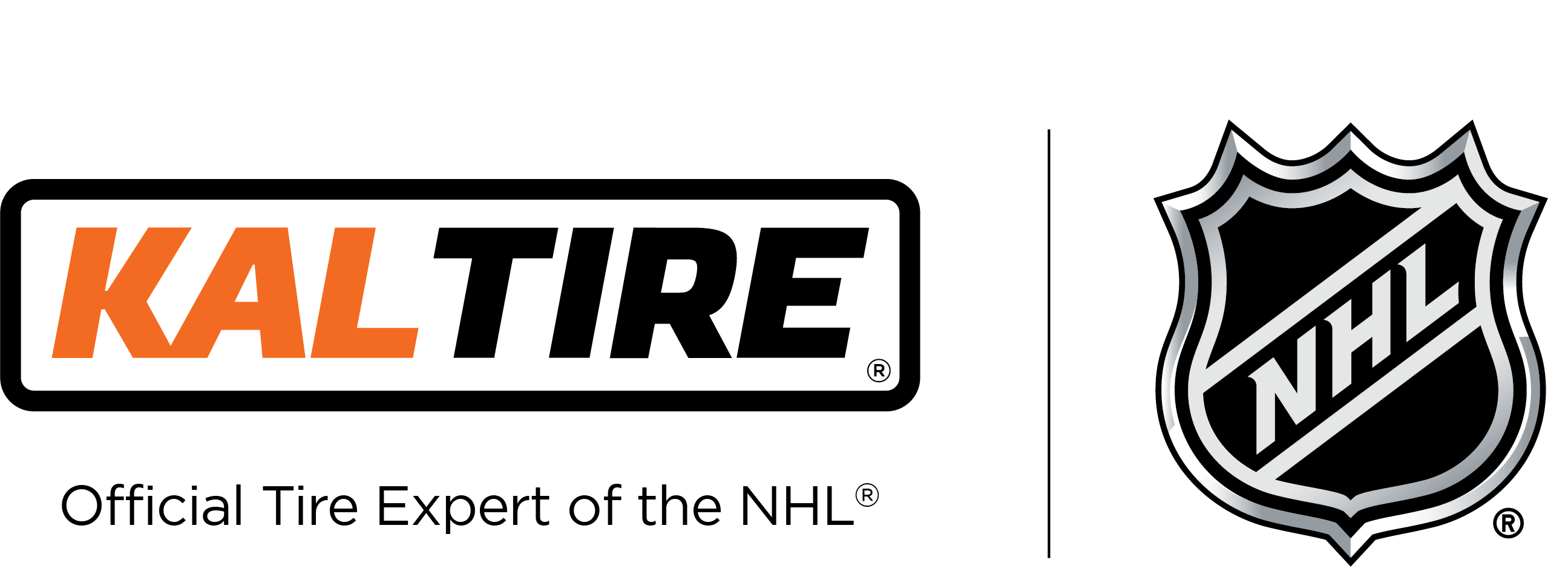Ply rating and load range: What to Look for when choosing tires for hauling

Tire construction can get a bit confusing when it comes to ply rating and load range. These numbers (or letters) are branded on the side of a tire’s sidewall and they identify how much load the tire can safely carry at a specified inflation pressure.
Part of the confusion arises from the fact that a modern tire with a 10-ply rating doesn’t necessarily have 10 actual plies in it. This goes back to the days when tires were made of cotton. Back then, the ply rating referred to how many layers of cotton had been used in the tire’s construction. The number of plies was used to determine the relative strength of the tire (i.e. the more plies, the more heavy-duty the tire).
These days, ply rating has become a redundant term because most radial passenger tires have just one or two body plies. Light truck tires, including those with heavy-duty ratings (10 ply and above), generally have only two or three plies.
In other words, ply rating is merely a reflection of how strong a tire is in terms of withstanding higher inflation pressures and carrying heavier loads.
The Adoption of Load Ranges
Modern technology has allowed manufacturers to create tires with fewer plies, which caused the industry to adopt load range designations over ply ratings. The information is presented in a slightly different manner depending on the type of tire you’re using. This information can be found on the sidewall of your tire.
Passenger Tires feature specific categories, with most falling in the ‘standard load’ range.
- Light Load (branded as LL on the sidewall) has a maximum load pressure of 35 psi
- Standard Load (SL or no branding) also has a maximum load pressure of 35 psi
- Extra Load (XL) has a maximum load pressure of 41 psi
Light Truck Tires (LT) designate ranges in ascending alphabetical order, with load range ‘B’ representing a 4-ply rating at 35 psi; C representing a 6-ply rating at 50 psi, and so on. As you can see, the further down the alphabet you go, the strong the tire will be.
Special Trailer Service Tires similar to light truck tires, special trailer (ST) tires are usually available in multiple load ranges and follow the same alphabetical rating system as LT tires.
It’s important to note that load range varies by tire size and inflation pressure. For example, a larger tire with a ‘D’ rating will hold more air and can be rated for a higher load than a smaller tire with the same ‘D’ rating. Also, a given tire size at a higher air pressure results in a higher rated load.
Considering Load Index
Regardless of whether you’re changing tire sizes or switching the type of tire you’re using, it’s essential to ensure the load index listed on the new tire’s sidewall is either equal to, or greater than, the load index of the tire you’re replacing.
If you’re using the Internet to find tires, read: Shopping for Tires Online: What You Need to Know.





